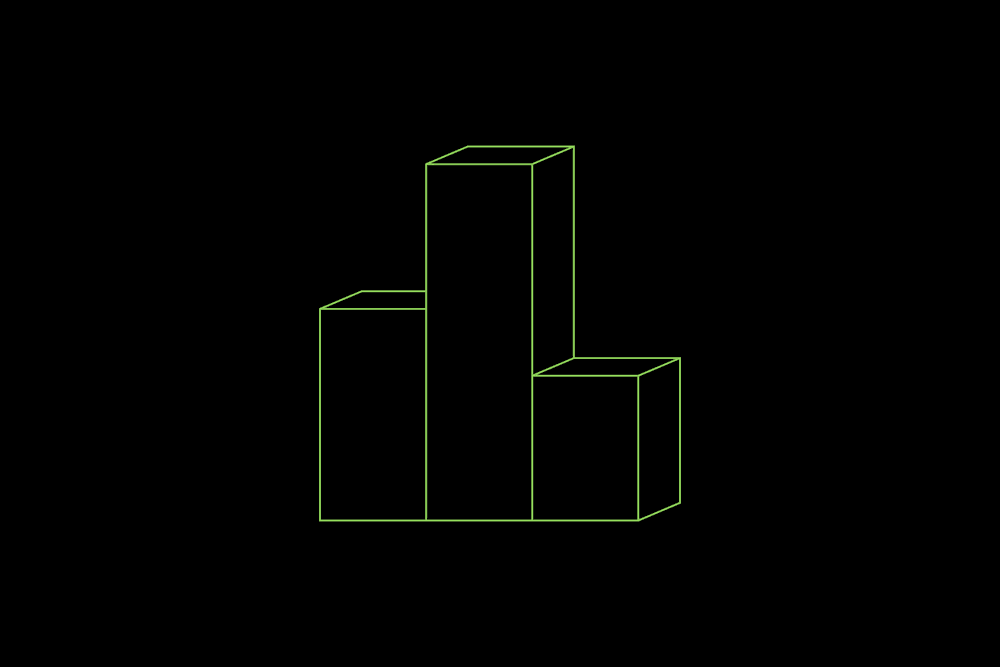Launching your app was just the beginning. Now, the real challenge begins: How do you grow your user base, monetize effectively, and prove your product's value to attract further investment? The key to unlocking accelerated growth and securing your product's success is not solely in hard work but in strategically harnessing the power of quantitative data.
After an exciting period of delivering the app's first version, it is usually a tough time when the team tries to optimize and pivot when necessary to find the best market and growth opportunity. The goal is to expand the user base rapidly, think about monetization to achieve financial sustainability, or prove that the idea and the product are worth investing additional money in.
The Long Run to Product-Market Fit
Many founders forget or are not even completely aware of the amount of time they will have to spend looking for the product market fit for their solutions. This is a huge mistake because, based on research from Lenny Rachitsky, finding a PMF usually takes a substantial amount of time.
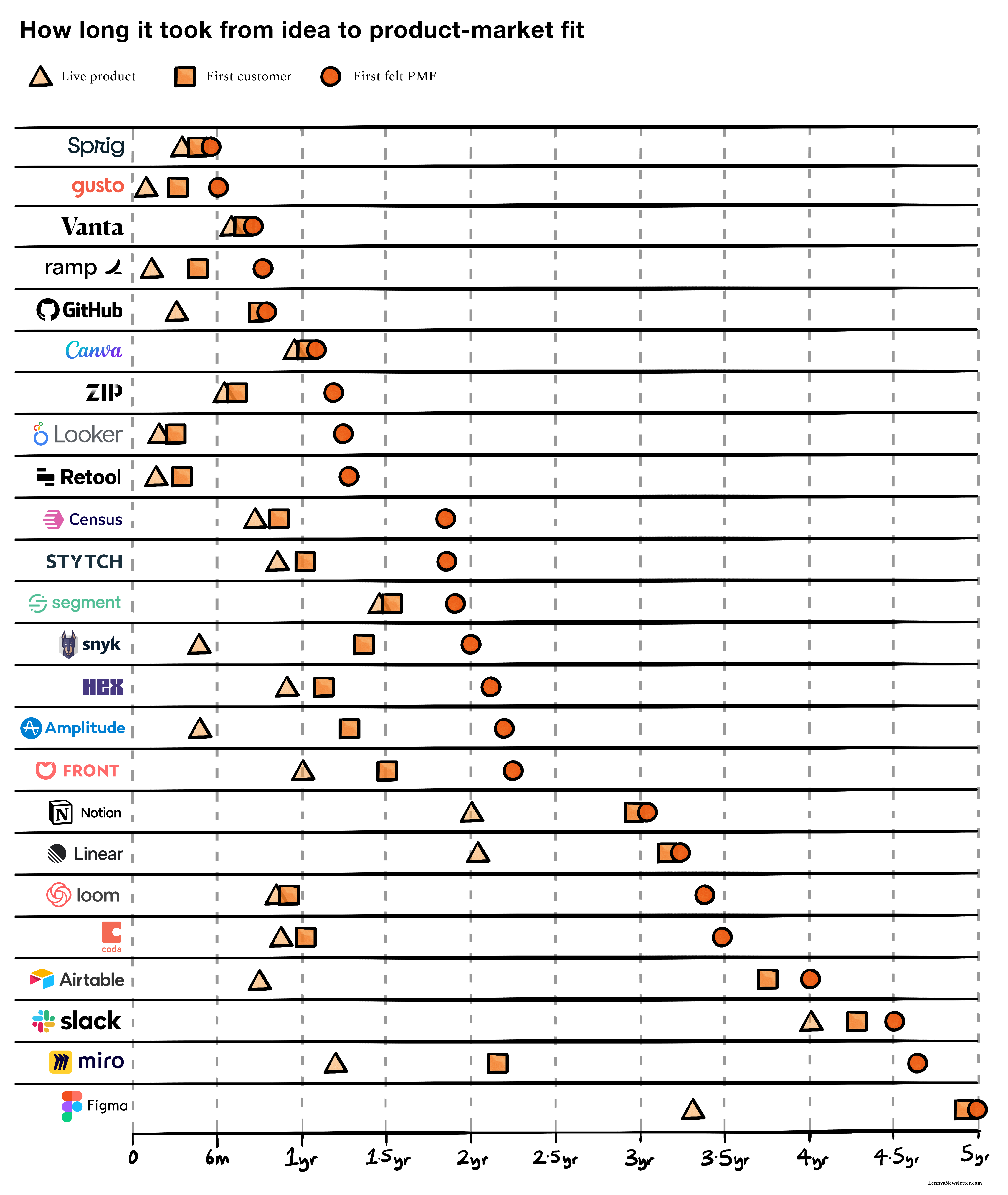
It could be a few months, but even a few years in the worst scenario. So, the fact is that this process is usually much longer than delivering a usable version of the product on the market. As a founder, you should undoubtedly remember to include that time and a certain amount of money needed to achieve the product market fit in your budget.
Respecting the reality that the new product has a very limited budget, we must make thought decisions and try to optimize our expenditures to extend the runway and eventually our chances to succeed. In another article, I shared how we managed to save a lot of budget by only optimizing the onboarding funnel, but in this article, I would like to focus on how we use analytics tools and quantitative data about user activity to optimize growth campaigns and decrease Customer Acquisition Costs.
Building an app is just the beginning
Imagine that you get $3 M to run your business. Let's say it is a SAAS digital product. Now, you have enough resources to build a product, find a way to monetize it, and get users. A considerable amount of your budget would be spent only on delivering the product. When the most lovable version of your product is already ready, and you have just released it to the market and started experimenting, you can think that the most challenging part of your work is behind you. Nothing could be more wrong! The real adventure has just begun!
You probably have a lesser idea of whom you would like to sell your product to but don't know how to acquire those users exactly. Initially, it is easier as you need around ten people to validate your early idea. But after that, you need your first 100 users and then 1000. This is where the road starts to get bumpy.
Of course, you can use one of the available social platforms to promote your solution and acquire users. The mechanism is straightforward, even for non-technical guys. It would help if you had some visuals, decided about the target group, configured the campaign, and ran it. Obviously, that service costs you money, and you have to pay for each acquired user, so this does not allow you to run a business for a long time. This can help you get your first 1000 users to optimize your product. But the problem with the campaign running in the early stage is that high churn and low conversion rate are pretty standard, so you can't think about only 1000 because it will be much more, and you should be ready for it. And, while every user costs you a couple of dollars, you need to know how to optimize your expenditures to have enough of a long runway for the many experiments you will run.
Look closely around the place where you give value to the user
Before running campaigns, invest in tools that would allow you to gather quantitative and qualitative data about your users. The constant flow of feedback is what you really need now. Even after the first 100 users, you would have many data to analyze and optimize your actions.
Now, let's think about the user problem that your product helps solve. What is the point of using your app? What is the core activity that shows that users use your app and think it is worth paying real money? It should be something that users feel is valuable. Usually, we define this as a value 'aha moment', the place where the user would say - ok, so this is how I can solve my problem. Oh, that's smart, I like it. You should add a specific event that tracks that moment and will tell you when it happens and how users behave after firing this event.
If you are unsure what that use case actually is, here is a tip on how to check it.
Consider the most critical actions users can perform in your app to get value. Add events that track when they perform these actions, build retention charts, and analyze how the chart looks for users who perform these actions in the first 24, 48, or 72 hours. You will probably see that performing some specific activities causes much better retention because users find out that it is worth using again and again. This is your first Aha moment. Now, you know what actions the user has to perform to understand the value of your app and to use the app repeatedly.
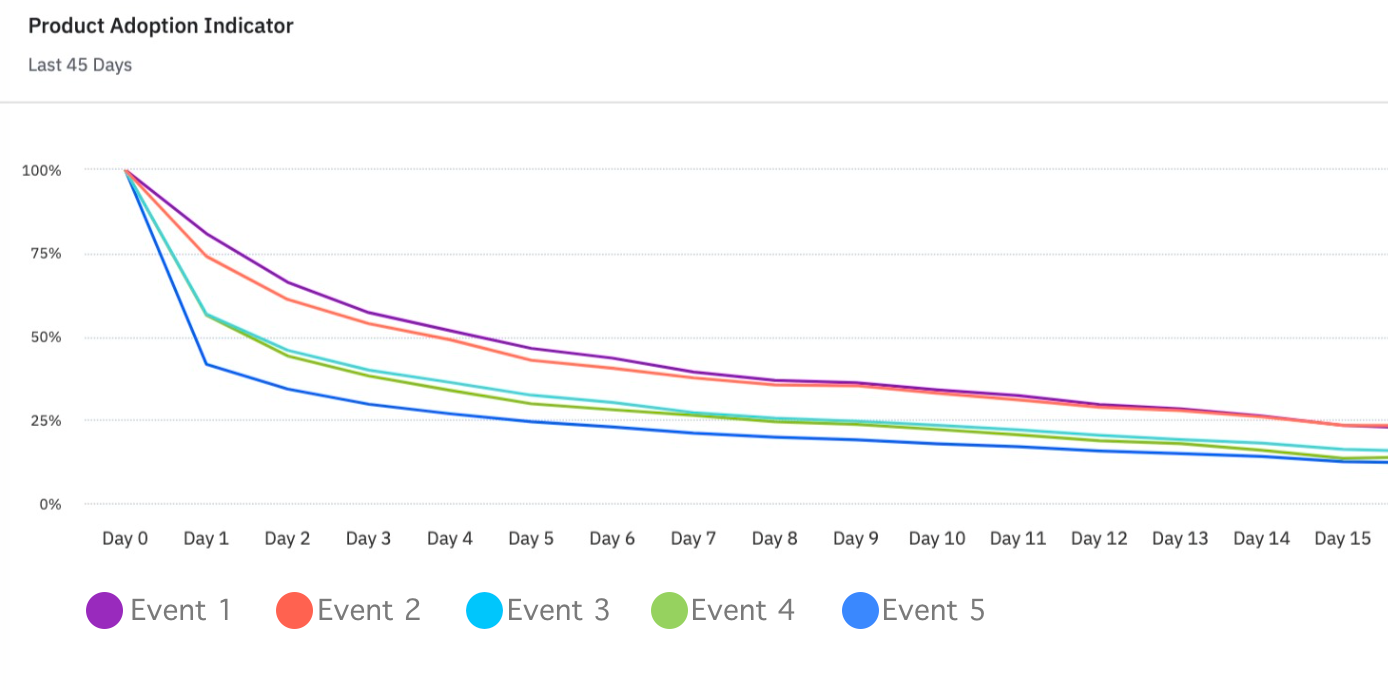
Leverage your discovery
Meet with your growth manager or anyone else responsible for running campaigns and consider how you can modify your campaigns to leverage your recent discovery. There are hundreds of possibilities, and you need to figure them out on your own. I will give an example from one project to show the mechanics of the process, but as I said, there are many other possibilities. The team hypothesized that the first time users opened the app resulted in different retention in the next seven days. To prove that hypothesis, the team created a chart showing when the user opened the app for the first time. On this chart, as you can see, there are two picks: one in the afternoon and another one during the night. The team decided to compare these two picks and check how many users fired the defined earlier 'aha' moment event in the next 24 hours. Just to remind you, most users who fired this event have a higher retention rate in the next couple of days in comparison to users who didn't.
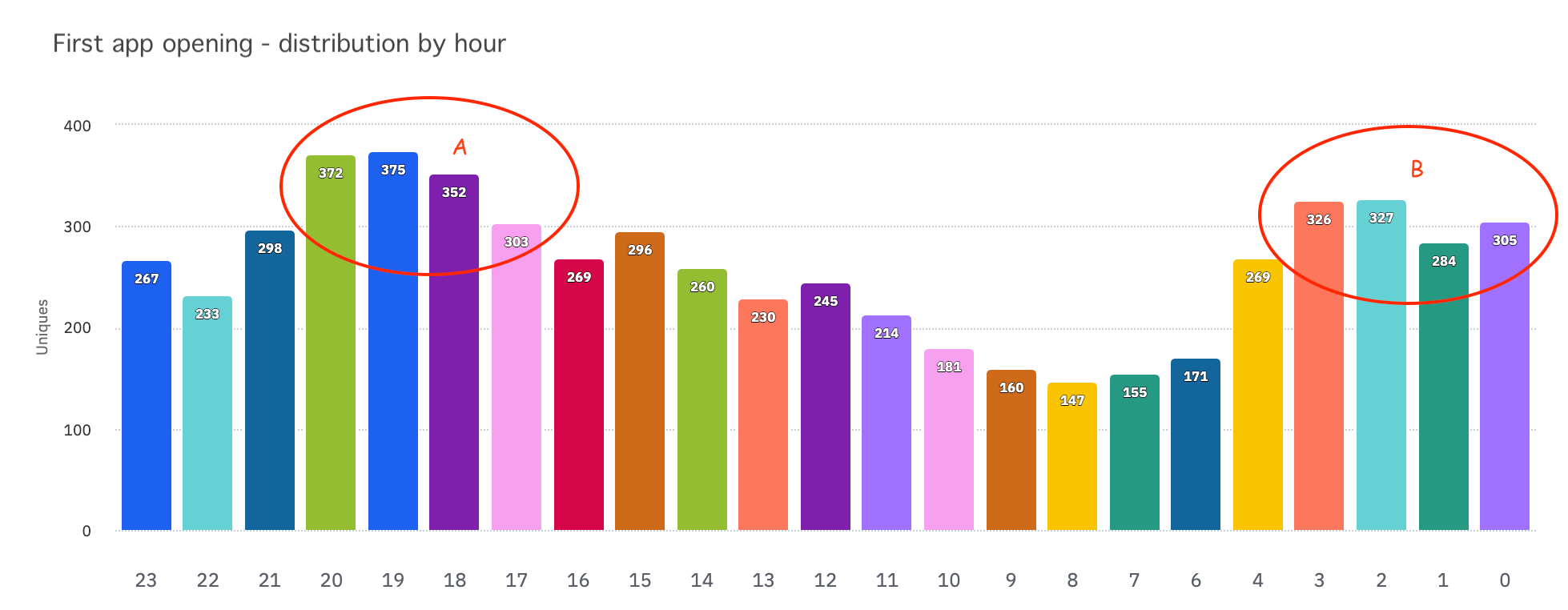
As you can see from the following two charts, 'night' users are almost four times more likely to fire the 'aha' moment event than the other group. These calculations strongly suggested redistributing our campaign targeting and focusing only on hours from 1-4. Thanks to this approach, we could increase our retention and reduce monthly CAC because we need fewer users.
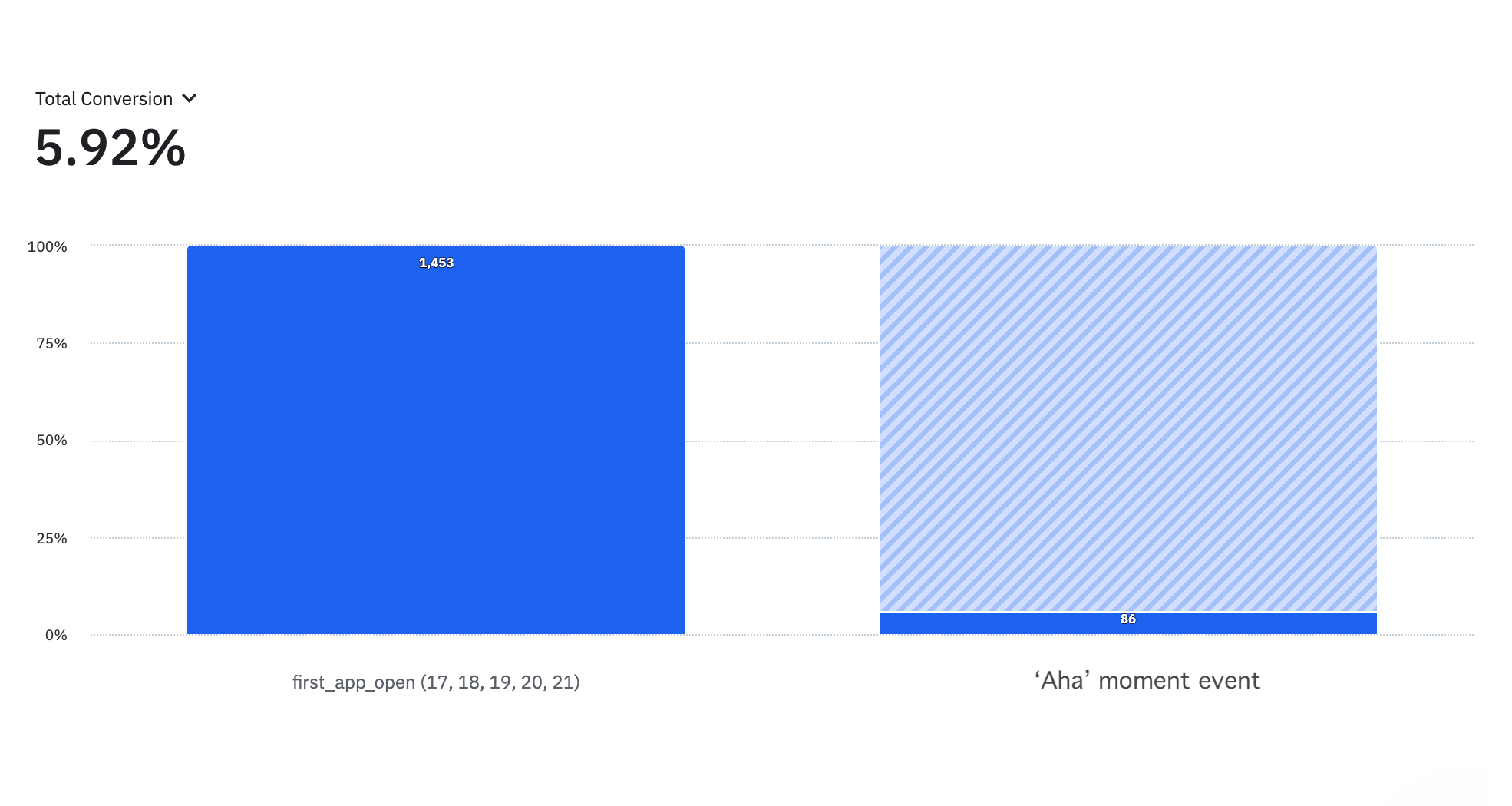
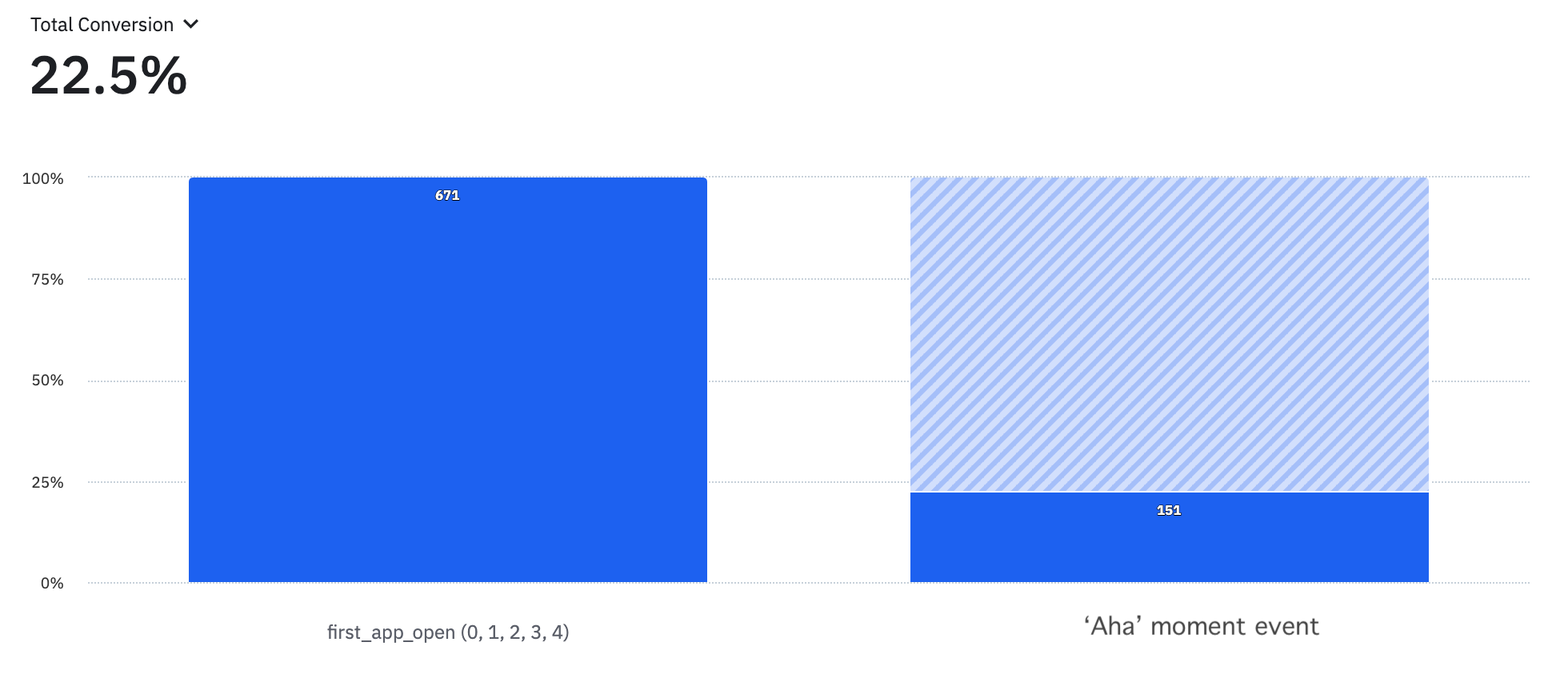
The real power of this example is that if you already have all the tools in place and can track your users' behavior and run campaigns, you can conduct this kind of research and optimization in a couple of hours and start saving your money the same day.
Solving user problems is your end goal
As a founder, you must remember that creating a product is just the beginning. You will need much more time and money to optimize your product and find the best market fit. To keep the budget in shape and retain a long and safe runway, look closely into data after you get the first users and check how to optimize your actions and increase your chances to succeed. Each acquired user, each run campaign, and each new feature are an occasion to learn and optimize. You must take advantage of that opportunity. If you want to avoid reinventing the wheel, we are happy to help. Contact us and share your idea.
